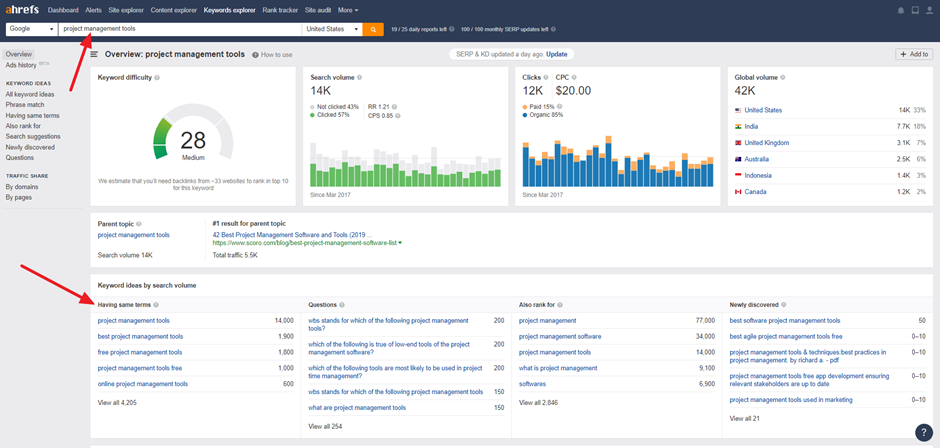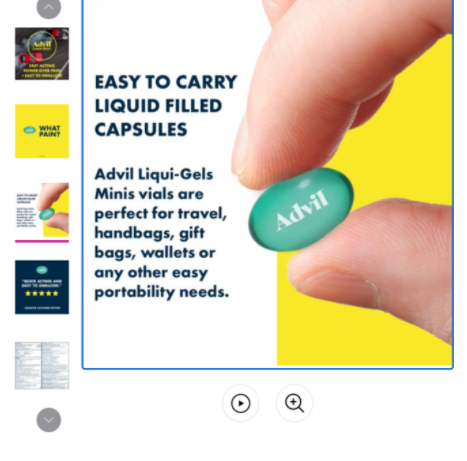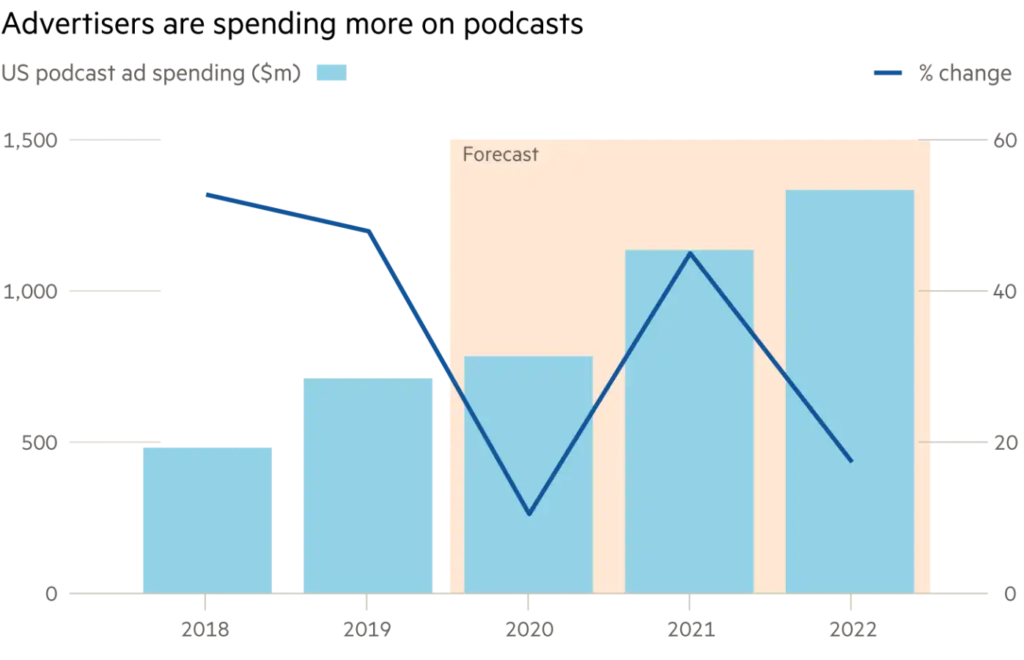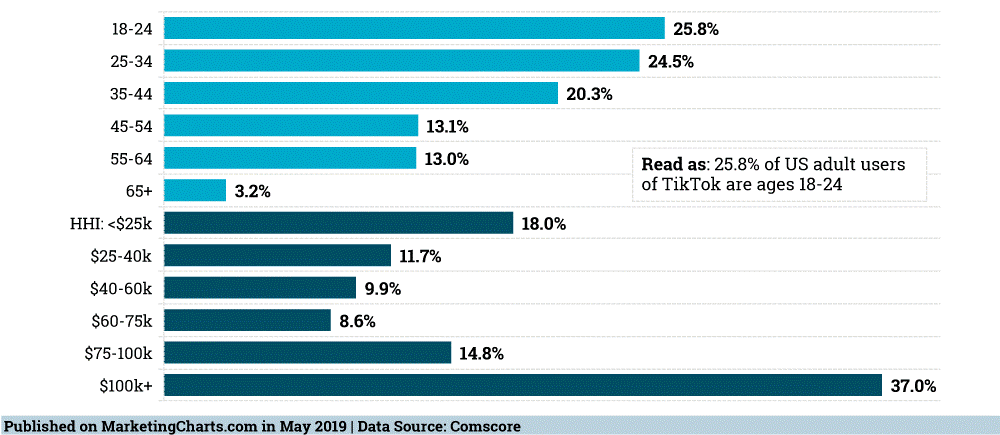Delivering content that best serves the needs of users is certainly top-of-mind for many SEOs. While it may sound easy enough, in theory, it is usually daunting in practice. SEO is not so simple – you need to be link-worthy to secure links, there are a variety of factors beyond content and links that influence rankings and you must build strategic buyer funnels to sustainably build relevant traffic.
Although there is still an important place for keyword research, moving away from a keyword-first-driven content strategy and into an audience-centric one will put you in a better place for creating SEO content that converts. This is because this strategy provides more relevant and higher-quality content for your target audiences.
What is an SEO Content Strategy
An SEO content marketing strategy starts with the target audience and dives deeper into understanding your brand’s expertise and unique value proposition. It is an all-inclusive strategy that tries to answer questions like:
- Who is my audience?
- What are their pain points and needs?
- What types of content do these people want to consume?
- Where are they currently having conversations (online or offline)
- What unique expertise does our brand offer?
- How can we match our expertise to our audience’s needs?
A complete SEO content strategy will include the following processes. The planning and execution involves:
- Setting marketing goals
- Identify your primary audience
- Prioritizing lower difficulty topics and themes
- Content layering and optimal internal linking
- Understanding linkability and identifying opportunities
- Regular upkeep and maintenance of existing content.
How to Build an SEO Content Strategy that Works
1. Set your goals
To effectively build and sustain an SEO content strategy that works, you must start with the end in mind. Start by asking pertinent questions like What are you ultimately trying to accomplish? Do you want to increase leads by a certain percentage? Do you want to drive a certain number increase in sales or traffic? Are you trying to drive subscribers to a newsletter?
Having answered these kinds of questions, document the goals and objectives first. This will help you figure out what type of content you want to create and what the calls-to-action should be.
2. Identify your primary audience and their pain points
Identifying who you’re targeting with your content is another important strategy. While there are a lot of people to help you with this part of the process, the following units are more suited: Customer Service, Sales, Technical Support, Product Management, Product Marketing, and Social Media Marketing.
Information garnered from this personnel will help discover what your audience is struggling with and what content could be created to help answer their questions. You can also do some of this research on your own by searching forums and social media.
3. Prioritize lower-difficulty topics
The first step in building your content strategy is to identify which topics your content will cover. Effective strategies begin with research — start by analyzing the keywords and themes relevant to your business.
During your analysis, you should evaluate three main criteria:
- Search volume
- Competition/keyword difficulty
- Traffic value/cost.
Since it is likely that all your important keywords will not fall within this ideal cross-section, you should also prioritize lower-difficulty topics. For example, using SEMrush, you can quickly get an estimate for keyword difficulty by clicking “Keyword Analytics”=> ”Keyword Difficulty”.
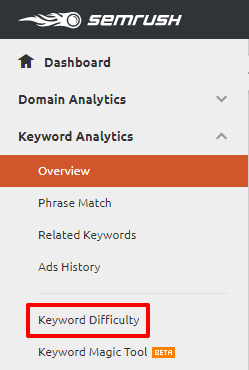
Source: SEMrush
There are several tools to choose from to gauge keyword difficulty; just make sure you use the same tool when comparing the difficulty of potential topics. Also, you can manually assess difficulty by simply analyzing the Search Engine Results Pages (SERPs).
4. Content layering and internal links optimization
As you strategize and plan content, consider opportunities where content layering and internal linking are possible. While content layering involves the “layering” middle-of-the-funnel content on top of bottom-of-the-funnel content by covering relevant, complementary topics and internally linking between pages.
Several advantages abound while deploying this strategy, some of which are:
- Link acquisition for converting pages. Promotion of mid-funnel pages can yield links for bottom-funnel pages if they’re strategically and contextually linked within the content you’re promoting.
- Shared authority. Middle-of-the-funnel content is typically more linkable than bottom-of-the-funnel content, and through internal linking, valuable equity can be passed from the links pointing to your mid-funnel content through to your converting pages.
- Increased brand authority and recognition. Ranking pages for mid-funnel queries can build authority and recognition that pays dividends later in bottom-funnel searches.
As a content creator, content layering and internal linking need to be part of any content strategy. By layering content and linking internally, your site will be well-structured for readers and search engines to follow.
5. Focus on linkability and opportunity
For any SEO strategy (particularly a content strategy) account for links must be made. This is because links remain an important ranking factor with numerous benefits beyond search. Knowing that links are so valuable, you should focus on linkability and its associated opportunity as you plan and prepare your content.
However, the potential outreach market for your content is the basis on which this strategy thrives. These potential outreach markets are the people who might be interested in sharing and linking to your content. Consequently, certain factors to consider as you analyze a potential outreach audience include:
- Types of pages linking to top results
- The number of unique domains linking to top results
- Search volume for associated keywords
Proper evaluation of your outreach market with these metrics goes a long way to enhance your page linkability.
Furthermore, along with evaluating the outreach market, you need to analyze link opportunities. To do this, you have to identify great content, create something better, and then reach out to relevant parties who have linked to similar content – the skyscraper technique.
Relatedly, common options for improving on already ranking contents include:
- Creation of a more searchable title
- Improvement on readability and formatting (headers, sub-headers, bullet lists, and so forth)
- Optimization for page speed.
- Citation of reputable authorities and sources (also provides built-in promotion opportunities).
- Expansion on existing content
- Sharing original or new research
- Changing format of existing content – photography, video, or design.
6. Regular update and maintenance of existing content
Although most content marketing strategies focus on crafting new content, as you identify potential link opportunities and content gaps, always account for your existing content. Sometimes it can be easier (and more effective) to update existing content rather than creating a new one.
Consequently, adding extra content types can be particularly effective for upgrading existing content. For instance, adding a video to a long-form how-to post adds extra value and linkability, and can even capture bonus traffic and attention via YouTube and other platforms.
Another adoptable content-upgrading method is repurposing. Rather than adding extra content types or formats, you can repurpose an underperforming content asset to better serves the needs of searchers through SERPs analysis.
Additionally, a simple but smart way to manage the freshness of your existing pages is by adding a “Last updated” tag at the top of the page. Not only does this strategy allow for continuous updates and page improvements, but it also serves as social proof.
Final Thoughts
In adopting these growth strategies, creating your content, and launching it, as with any SEO tips, the anticipated results aren’t usually immediate. Patience is key. Nonetheless, ensure to build a report or dashboard based on your content goals so you can keep track of the performance of your content on a regular basis.
If you find that the expected growth is evident within the expected timeline – great! However, if it is otherwise, it’s a good idea to go back through the content strategy and assess whether you’ve deployed them correctly. If a first you don’t succeed, dust yourself up and try again.

